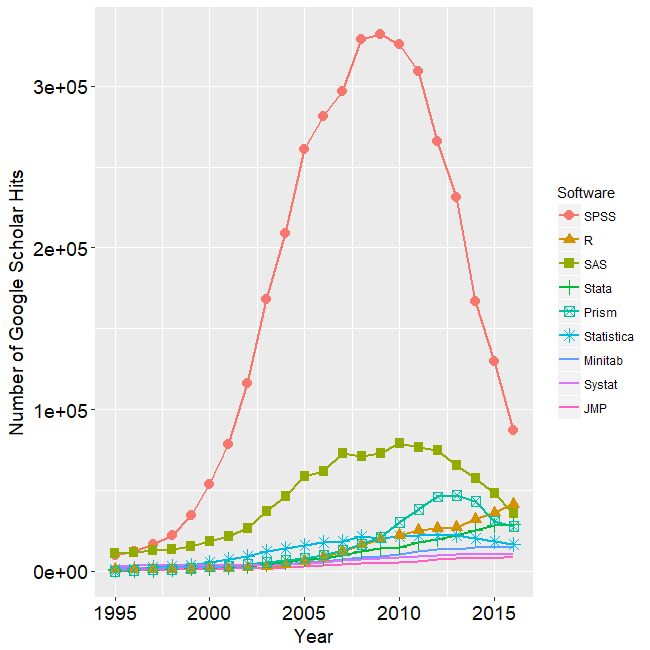

- SAS STATISTICAL SOFTWARE SYNTAX HOW TO
- SAS STATISTICAL SOFTWARE SYNTAX VERIFICATION
- SAS STATISTICAL SOFTWARE SYNTAX LICENSE
Probit analysis will produce results similar tologistic regression.

Obtained from our website by clicking on. We have generated hypothetical data, which can be Description of the dataįor our data analysis below, we are going to expand on Example 2 about getting The outcome variable, admit/don’t admit, is binary. Point average) and prestige of the undergraduate institution, effect admission into graduate The predictor variables of interest are the amount of money spent on the campaign, theĪmount of time spent campaigning negatively, and whether the candidate is anĮxample 2: A researcher is interested in how variables, such as GRE (Graduate Record Exam scores), Outcome (response) variable is binary (0/1) win or lose. That influence whether a political candidate wins an election.

ExamplesĮxample 1: Suppose that we are interested in the factors
SAS STATISTICAL SOFTWARE SYNTAX VERIFICATION
Particular, it does not cover data cleaning and checking, verification of assumptions, modelĭiagnostics and potential follow-up analyses. It does not cover all aspects of the research process which researchers are expected to do.
SAS STATISTICAL SOFTWARE SYNTAX HOW TO
Please note: The purpose of this page is to show how to use various data analysis commands. In the logit model the log odds of the outcome is modeled as a linear
SAS STATISTICAL SOFTWARE SYNTAX LICENSE
At no time will IITS (or any University IT staff) distribute SAS Software in any format (CD, DVD, ISO image, etc.).Īny purchase request for software products covered by the SAS Educational site license will not be authorized by the University’s Purchasing Services Department.Logistic regression, also called a logit model, is used to model dichotomous Only English versions of the SAS Software will be deployed on University owned computers. Add-ons offered may change, at any time, at SAS Institute’s discretion. Only SAS Software and available add-ons, if any, are covered by this site license. Software Products Covered by the Site License: A commercial purpose includes, but is not limited to, a project which is majority funded by any corporation, a project which has a primary purpose other than the advancement of academic literature, a project which produces results for a single beneficiary rather than the public or academic community at large. The SAS software shall not be used for any commercial purpose. Any other use including but not limited to University administration and operations is strictly prohibited The licensed SAS Software can be installed on any computer owned by the University at no cost, for use by an Employee for classroom instruction and coursework directly related to the University’s degree requirements and non-commercial research activities*. The cost of the educational site license is based on a fixed number of licenses. It is a simple way to get SAS Software licenses to faculty and staff of the University (“Employees”). An educational site license is a subscription licensing program for higher educational institutions.


 0 kommentar(er)
0 kommentar(er)
